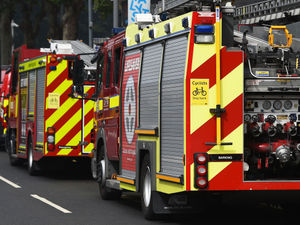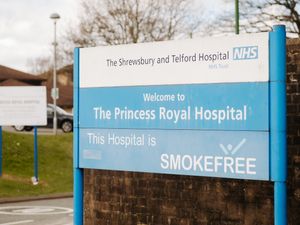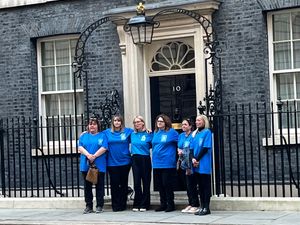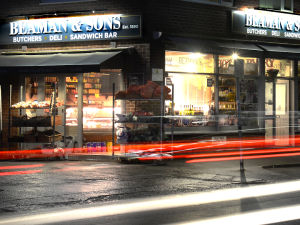Fire service set to adopt new response targets
Town centres and the countryside will be subject to separate fire engine response time targets, under a brigade plan to be discussed this week.

Shropshire Fire and Rescue Services currently aims for the first fully-crewed engine to arrive at emergencies within 15 minutes of a 999 call 89 per cent of the time.
In a report for the governing authority, fire chiefs write that the existing targets are purely numerical “with no tolerance”, and propose an overhaul to make it easier to identify trends and monitor performance.
Under the proposed Community Risk Management Plan, the arrival goal will be 10 minutes in urban areas, 15 in “town and fringe” locations and 20 in the countryside, and the brigade will aim to meet these on at least 85 per cent of occasions.
In 2015, Shropshire and Wrekin Fire and Rescue Authority agreed that service standards would remain in place until the end of 2020-21.
In their report, Chief Fire Officer Rod Hammerton and deputy CFO Simon Hardiman write that this plan aimed to maintain 89 per cent compliance with the response time standard, and improve performance by 25 per cent in areas like arson, accidental fire and staff injury reduction.
“It was recognised at the time that these were stretching targets, particularly against a backdrop of diminishing budgets and social change,” they write.
In December 2020, a report for the Shropshire and Wrekin Fire and Rescue Authority said the response time standard had been met on 85.6 per cent of call-outs between April and November that year.
New indicators
“The current service targets are factored around a numerical measure with no tolerance against each of the indicators,” Officer Hammerton and Officer Hardiman write.
“This approach leads to focussing on a specific target as opposed to the direction of travel and future forecasting of performance.
“The new set of indicators will provide the ability to monitor performance through the direction of travel and ensure it is in line with the performance target through applying a tolerance as opposed to a numerical target.”
Following consultation, they write, the response standard has been “split across three distinct areas”.
Performance from the 10, 15 and 20-minute zones will be “combined with the aim of meeting these standards on 85 per cent of occasions”.
Other proposed standards, surrounding all fires, deliberate fires, accidental housefires and the containment of fires to their rooms of origin will be monitored within tolerance ranges from two to 10 per cent.
For example, a seven per cent tolerance will be applied to the arson reduction target, producing a target range of 376 to 432 incidents.
The authority’s Strategy and Resources Committee will discuss the report when it meets on Thursday. Officer Hammerton and Officer Hardiman recommend it approves the 2021-22 targets.





